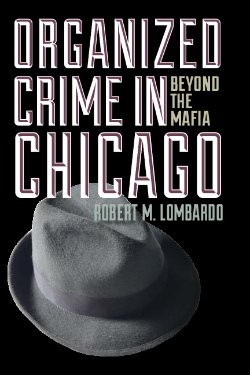By Selwyn Raab
For half a century, the American Mafia outwitted, outmaneuvered, and outgunned the FBI and other police agencies, wreaking unparalleled damages to America's social fabric and business enterprises while emerging as the nation's most formidable crime empire. The vanguard of this criminal juggernaut is still led by the Mafia's most potent and largest borgatas: New York's Five Families.Five Families is the vivid story of the rise and fall of New York's premier dons from Lucky Luciano to Paul Castellano to John Gotti and more. This definitive history brings the reader right up to the possible resurgence of the Mafia as the FBI and local law-enforcement agencies turn their attention to homeland security and away from organized crime. The paperback has been revised and updated, with a new epilogue focusing on the trial of the notorious "Mafia Cops."
New York: A Thomas Dunne Book for St. Martin's Griffin; 2006. 784p.





















